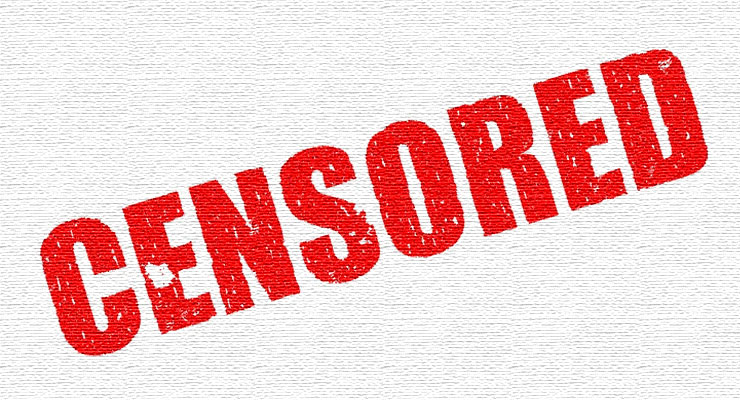
The U.S. Supreme Court decided recently to hear a case originating out of Minnesota regarding political clothing at polling places.
The case in question, Minnesota Voters Alliance v. Mansky, argues that the Minnesotan law prohibiting voters from wearing clothing that supports particular candidates or bears political statements in polling places is unconstitutional.
The Supreme Court’s decision will have an impact on other states with similar laws on the books, including Texas, New Jersey, and Delaware.
The Minnesota Voters Alliance and other organizations first brought the case up in 2010, claiming that state officials are creating “speech-free zones” in polling sites. These groups sued the state after the Alliance’s executive director, Andrew Cilek, was stopped at his polling place and “temporarily prevented from voting” for wearing political clothing.
Cilek was wearing a Tea Party shirt with the logo, “Don’t Tread On Me,” and a button stating “Please I.D. Me,” in opposition to weak voter identification laws in Minnesota. He wore nothing that suggested support for a specific candidate.
The 8th U.S. Circuit Court of Appeals in St. Louis has weighed in on this case twice already, in 2013 and 2017. Both times, the court ruled that the law helps to maintain “peace, order, and decorum” at polling stations. Nevertheless, the Minnesota Voter Alliance and the organization’s legal representation, the Pacific Legal Foundation, disagree. They claim that a ban on all political apparel, including statements unrelated to candidates, is too broad of a prohibition and a violation of First Amendment rights.
Now they have appealed to the highest court in the country, which has now decided to rule on it.
The fact that the Supreme Court has taken the case, after denying hearing it in 2013, is already being seen as a semi-win for conservative voices attempting to reign in the government’s ability to suppress free speech.
“The Supreme Court’s decision to hear the case is a good sign for First Amendment rights,” Wen Fa of the Pacific Legal Foundation said.
Another lawyer, Mark Anfinson, stated that he thinks “the statute is of dubious constitutionality.”
“I suspect that the reason the Supreme Court took it is because four justices agree with me,” Anfinson said.
The punishments administered in accordance with the law in question have been mild as of late. Election officials only ask the persons in violation to remove the apparel until they are outside the facilities. Yet for people like Andrew Cilek, for the case to succeed would be a symbolic prevention of the scope of government overreach.
This case brings up a controversial question about the First Amendment. How far can the government go in limiting free speech in the name of maintaining order in polling places?
This case is only one of the battles fought between many conservative groups in Minnesota – such as Minnesota Voters Alliance –and Secretary of State Steve Simon, who they accuse of being weak on voter fraud.
If the Supreme Court overturns the district court’s ruling, it will be yet another blow to the State of Minnesota, which has a long history of First Amendment violations. (See Near v. Minnesota)
Leave a Reply